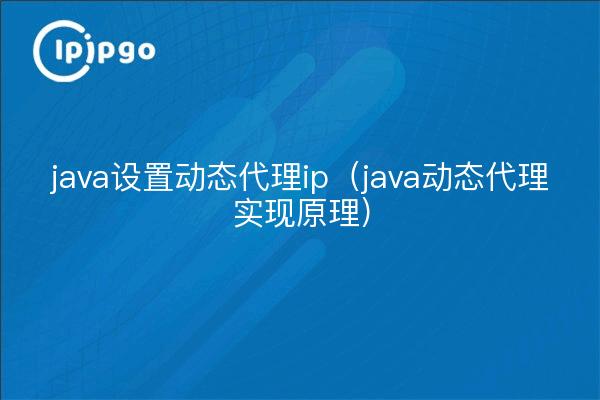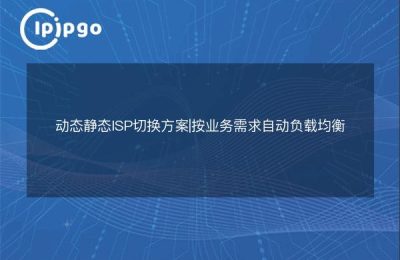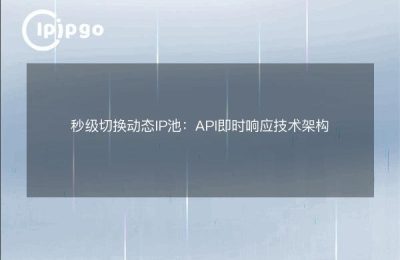
java set dynamic proxy ip
When we surf the web, there are times when we need to access different websites through different IP addresses, just like a spy who needs to keep changing his costume to carry out his mission. In Java, we can do this by setting up a dynamic proxy IP.
Sometimes we want to send HTTP requests through different IP addresses, which requires the use of dynamic proxy IPs.In Java, we can use the Proxy class to implement dynamic proxy IP settings. First, we need to create a proxy object and specify the IP address and port number of the proxy, and then apply this proxy object to our HTTP connection.
Let's take a look at the specific implementation process. First, we need to create a Proxy object and specify the IP address and port number of the proxy.
"`java
String proxyIp = "127.0.0.1";
int proxyPort = 8888;
Proxy proxy = new Proxy(Proxy.Type.HTTP, new InetSocketAddress(proxyIp, proxyPort));
“`
Next, we need to apply this proxy object to our HTTP connection. We can do this by calling the openConnection() method to get a URLConnection object and then passing the proxy object to this method.
"`java
URL url = new URL("https://www.example.com");
HttpURLConnection conn = (HttpURLConnection) url.openConnection(proxy);
“`
By doing so, we can use a dynamic proxy IP to send HTTP requests. In this way, we can easily realize that accessing different websites through different IP addresses is as simple as changing costumes!
java dynamic proxy implementation principle
After understanding how to set up a dynamic proxy IP, we can also delve into the principle of dynamic proxy implementation. In Java, dynamic proxies are implemented through the interface between the proxy class and the target class.
When we use dynamic proxies, first we need to define an interface and then create a proxy class that implements the InvocationHandler interface. Next, we can use the newProxyInstance() method of the Proxy class to create the proxy object.
When calling a method of a proxy object, you are actually calling the InvocationHandler interface's invoke() method, where we can augment the target method or perform other operations.
In this way, we can implement dynamic proxies. In this way, we can enhance the target method without changing the original code, which is like putting a customized jacket on a person and adding a new charm to him.
By learning how dynamic proxies are implemented, we can better understand how they are used, which is very helpful for us to improve our programming skills. Just like mastering the skill of making a nice jacket, we can add more features and charm to our code.








